Author: Ellen Morrissey
-
President Donald Trump (R) has issued most executive orders in the first 100 days of his presidency since Franklin Delano Roosevelt (D)
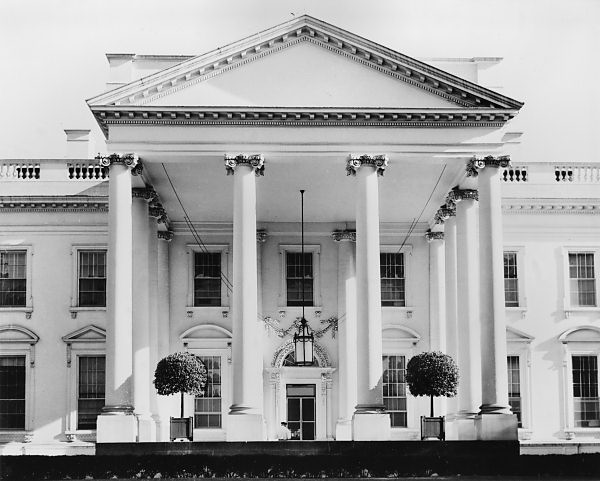
As of March 23, 2025, President Donald Trump (R) has issued 98 executive orders so far in his second presidential term. This is the most executive orders issued by a president during the first 100 days of an administration since Franklin Delano Roosevelt (D), who issued 99 orders during that timeframe. Recent orders issued by…
-
All 15 of President Donald Trump’s (R) Cabinet secretaries have now been confirmed
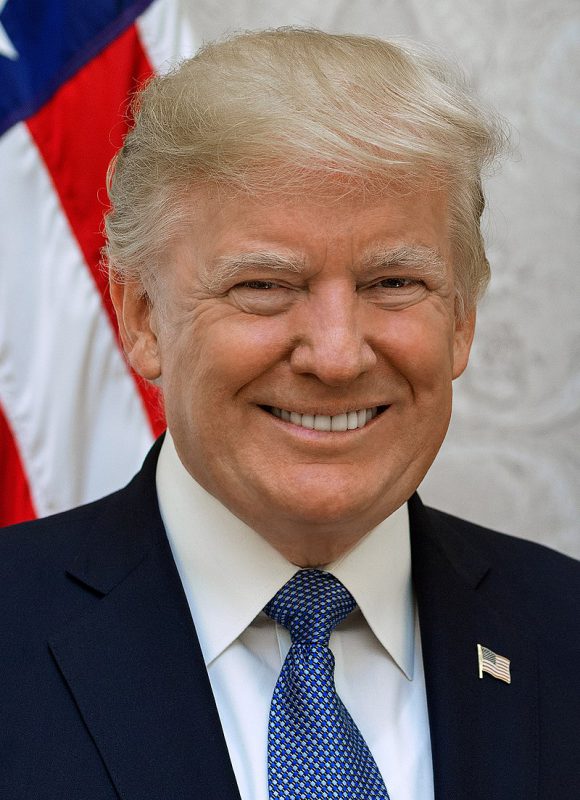
All 15 of President Donald Trump’s (R) main Cabinet secretaries have now been confirmed, following the confirmation of Lori Chavez-DeRemer for secretary of labor on March 10, 2025. The Senate voted 67-32 to confirm Chavez-DeRemer, with 16 Democrats and 51 Republicans voting in favor of her nomination. Among presidents serving from 2009 to the present,…
-
Jamieson Greer confirmed as U.S. trade representative
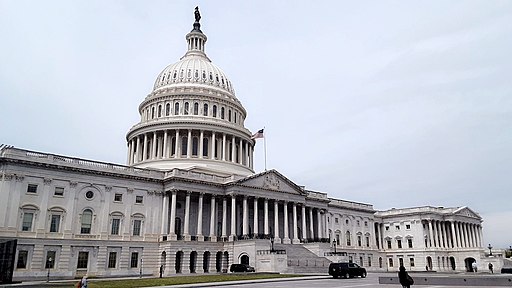
The U.S. Senate voted to confirm Jamieson Greer as U.S. trade representative on Feb. 26, 2025. The Senate voted 56-43 in favor of his nomination, with five Democrats and 51 Republicans voting in favor. This was the 19th member of President Donald Trump’s (R) Cabinet confirmed in his second presidential term. Trump announced on Nov.…
-
Senate Health, Education, Labor, and Pensions Committee holds confirmation hearing for Lori Chavez-DeRemer for secretary of labor
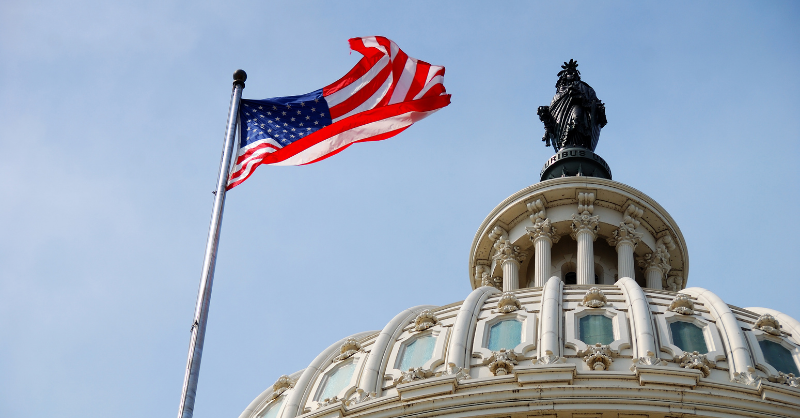
The Senate Health, Education, Labor, and Pensions Committee held a confirmation hearing for Lori Chavez-DeRemer for secretary of Labor on Feb. 19, 2025. At the time the hearing ended, the committee had not scheduled a meeting to vote on her nomination. Chavez-DeRemer must receive a majority approval vote in the committee before her nomination can…
-
Kelly Loeffler confirmed as administrator of the Small Business Administration

The U.S. Senate voted to confirm Kelly Loeffler as administrator of the Small Business Administration (SBA) on Feb. 19, 2025. The Senate voted 52-46 in favor of her nomination, with Sen. Jacky Rosen (D-Nev.) joining 51 Republicans voting in favor. This was the 18th member of President Donald Trump’s (R) Cabinet confirmed in his second…
-
Howard Lutnick confirmed as secretary of commerce
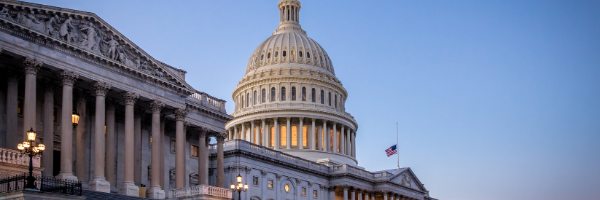
The U.S. Senate voted to confirm Howard Lutnick as secretary of commerce on Feb. 18, 2025. The Senate voted 51-45 in favor of his nomination along party lines. This was the 17th member of President Donald Trump’s (R) Cabinet confirmed in his second presidential term. Trump announced on Nov. 19, 2024, that he had selected…
-
Brooke Rollins confirmed as secretary of agriculture

The U.S. Senate voted to confirm Brooke Rollins as secretary of agriculture on Feb. 13, 2025. The Senate voted 72-28 in favor of her nomination with 19 Democrats joining all 53 Republicans in supporting her nomination. This was the 16th member of President Donald Trump’s (R) Cabinet confirmed in his second presidential term. Trump announced…
-
Robert F. Kennedy Jr. confirmed as secretary of health and human services
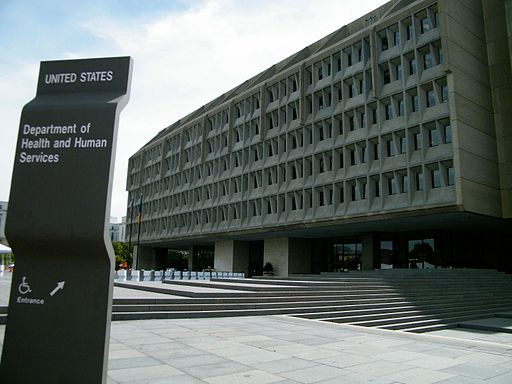
The U.S. Senate voted to confirm Robert F. Kennedy Jr. as secretary of health and human services on Feb. 13, 2025. The Senate voted 52-48 in favor of his nomination with one Republican, Sen. Mitch McConnell (R-Ky.), joining all 45 Democrats, and both independent senators who caucus with Democrats, in opposing his nomination. This was…

